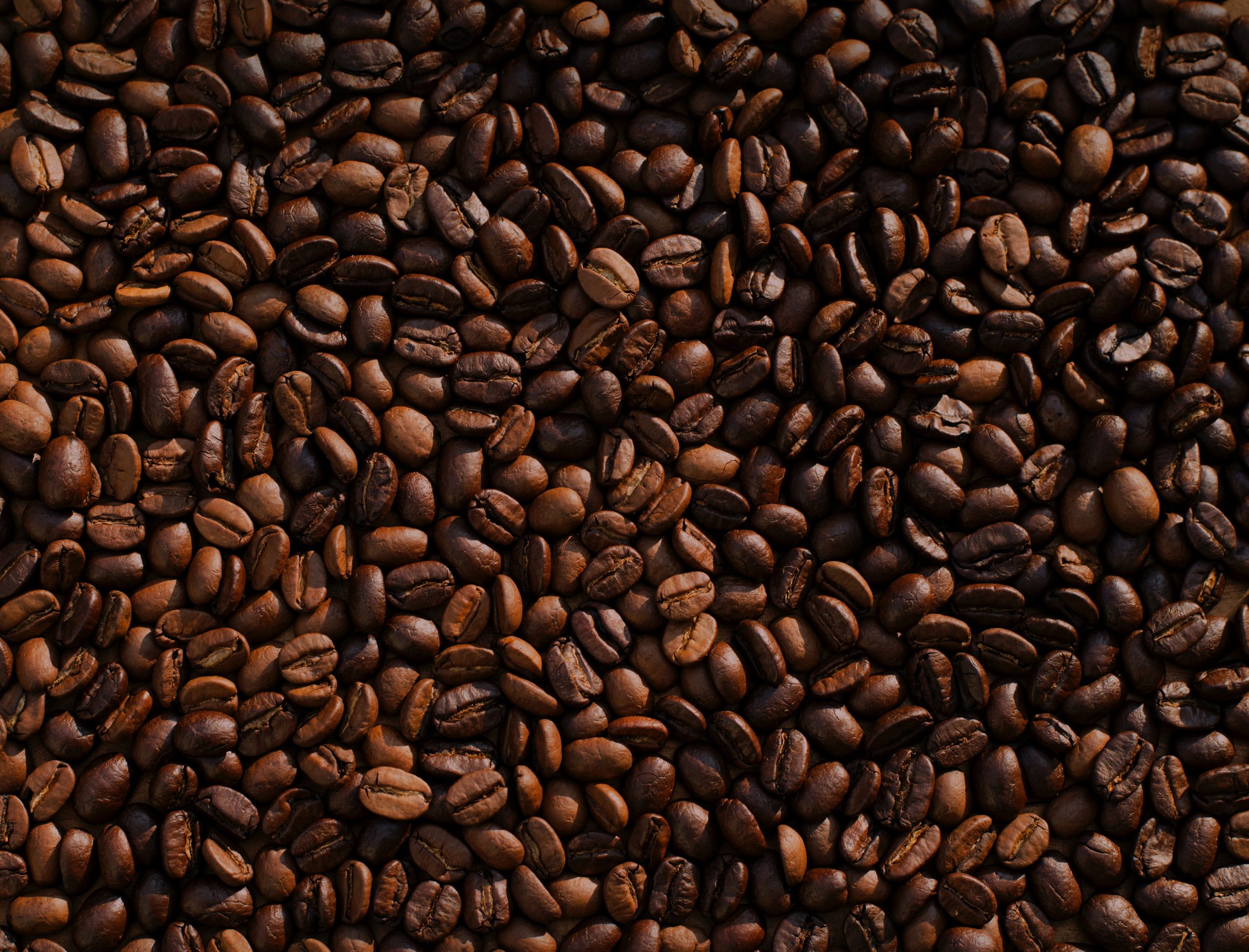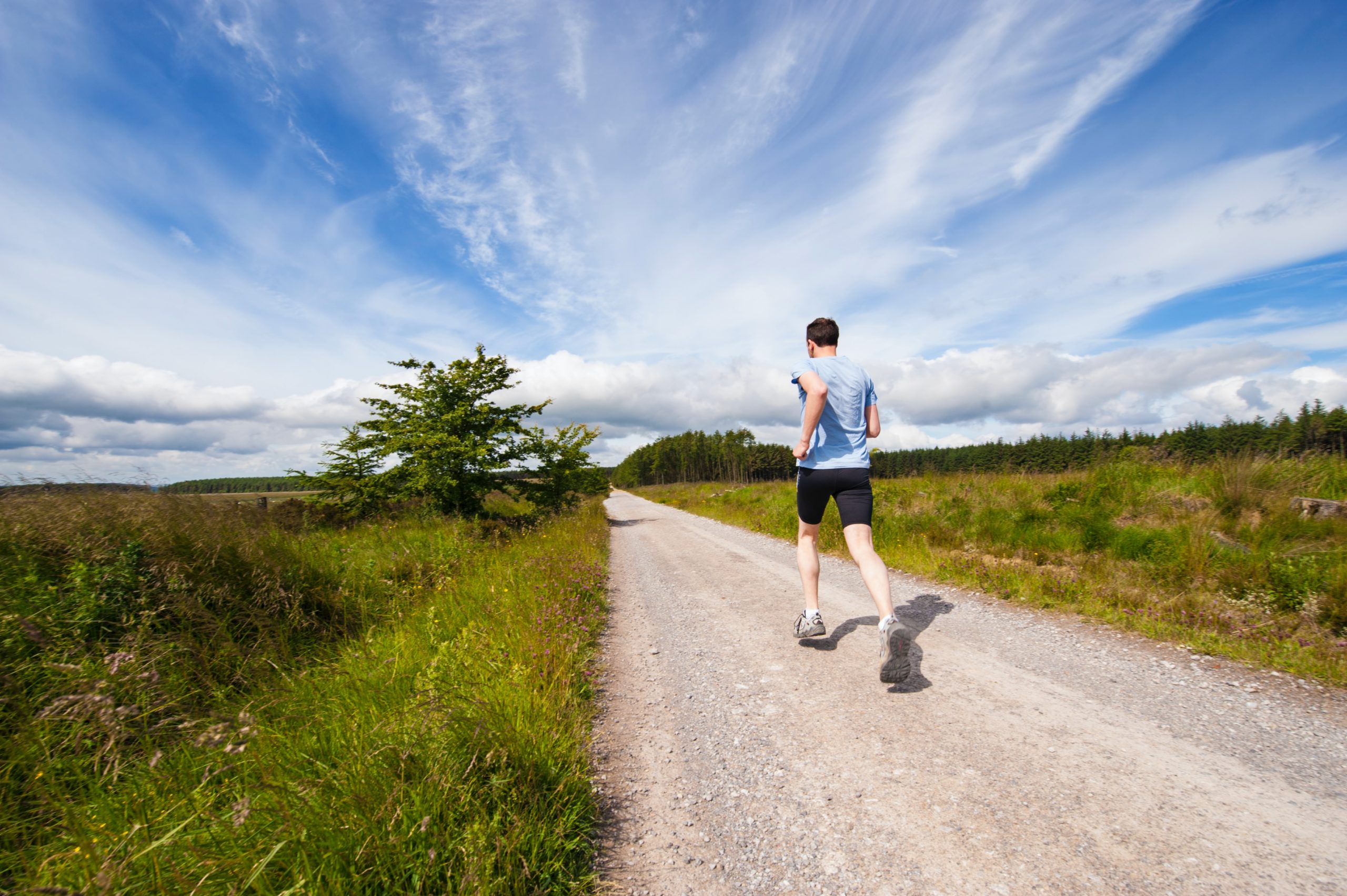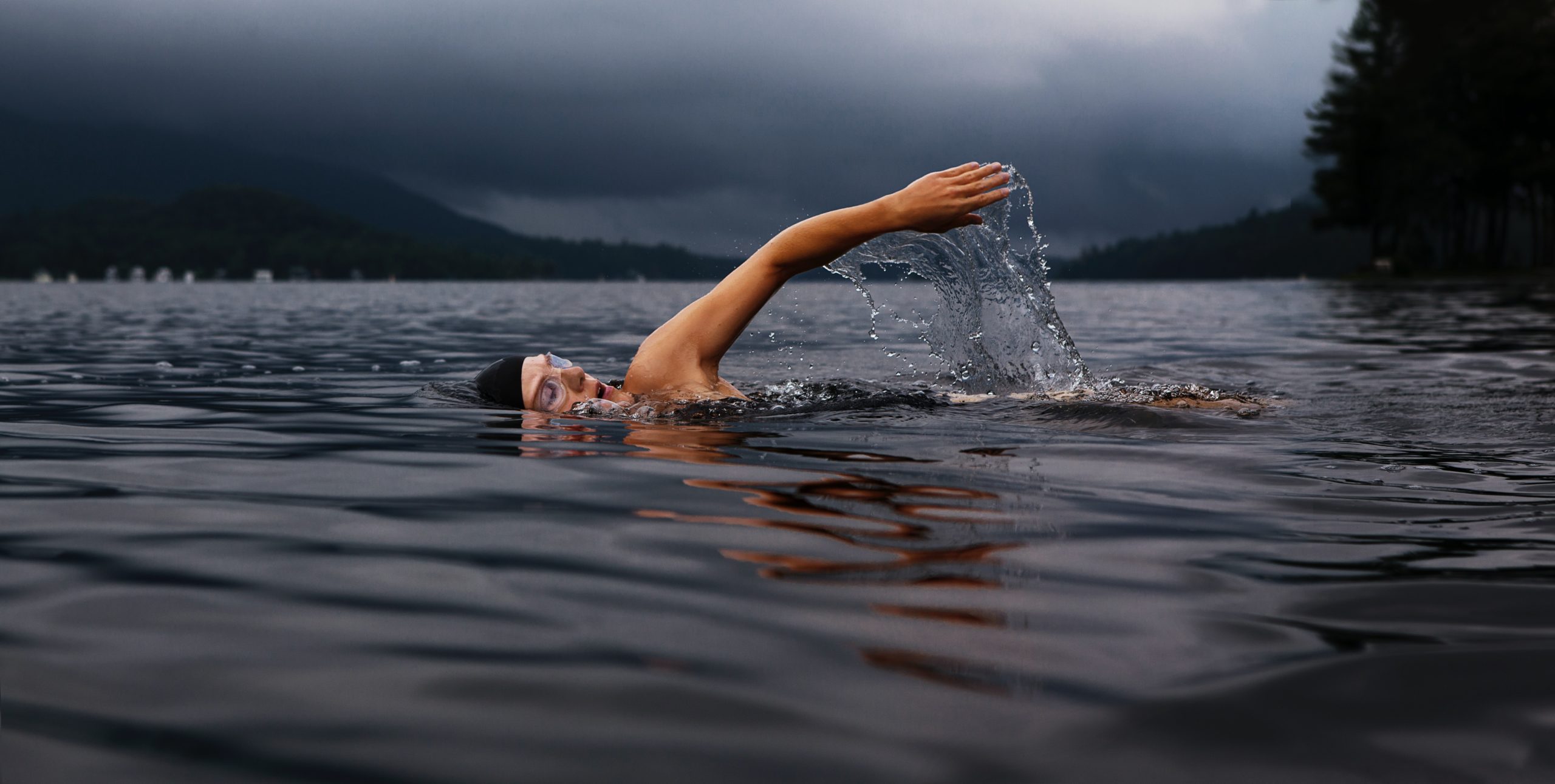It is not very comfortable to run in winter. But playing sports outdoors is still more pleasant than at home or in the gym. Luckily, there is a decent jogging alternative – cross-country skiing. If you are facing a snowy winter, be sure to try this type of workout!
Cross-country skiing has a complex effect on health. It increases endurance, strengthens the heart and blood vessels, and has a good effect on immunity. Physical activity involves almost all muscles. This is great cardio for weight loss and overall tone. At the same time, the calorie consumption is quite high, so cross-country skiing helps to quickly and effectively lose weight. Let’s figure out why and how to ski.
Physical and psycho-emotional health benefits
Skiing activates the cardiovascular system as much as possible. Thanks to him, as well as multilayer winter equipment, organs and tissues are more actively supplied with blood and oxygen. It is also beneficial for the musculoskeletal system. With the correct riding technique, the spine is stabilized by the dorsal, gluteal muscles and the press. The spinal column is held in the correct position and the load on it is reduced. For this reason, skis are indicated even with a herniated disc. In this case, you just need to slowly walk on them.
As for fat burning, an hour of riding will help burn 500-1000 calories. The exact figure depends on the initial weight, speed, difficulty of the route (more kcal is required for driving on uneven terrain). But overall, cross-country skiing is very effective cardio.
Sports activities reduce stress levels, and skiing is no exception. The stress hormone cortisol is reduced. Chemical compounds are rapidly produced, which cause a feeling of joy, emotional uplift, eliminate pain – serotonin and endorphins.
Studies have shown that skiing in the forest works in much the same way as aspirin. It’s not only about physical activity, but also about the fresh air. The air in the forest is special. The molecules it contains have a relaxing effect on the body and mind. Therefore, skiing is an excellent way to combat seasonal blues, stress, irritability and sleepiness due to lack of sun.
What muscles are involved in ski training
Cross-country skiing gives your muscles the ability to work at the same time. All muscles are immediately involved in the work. While skiing, you can fully tighten the whole body.
Namely:
Stomach
Jogging makes both oblique and rectus abdominals work. To stay in the correct upright position, you need to strain them properly. It is due to the abdominal muscles that skiers maintain balance even on the most difficult routes.
Buttocks
As with any walking, skiing involves the gluteal muscles. They are responsible for the movements of the pelvis, legs, and also tense when pushing off the ground with sticks.
Legs
During skiing, the entire leg muscles are tense. This is a great option to tighten the back and outer thighs, calf muscles, ligaments and tendons. After such training, athletes are no longer threatened with stretching.
Arms
To push off with ski poles, you need to use your triceps and deltoids. The shoulder girdle takes on a very large part of the load.
Back
It also participates in the push with the sticks. The main advantage of skiing over other types of aerobic training is the well-coordinated work of the upper body.
How to ski properly
Before you can rush along the track at high speed, you need to master the basic movement techniques. There are only two of them. If you’ve never skied before, start with a simpler one. And only then proceed to fast movement.
Classic technique
This is the main skiing technique. Try it without sticks first. You need to stand so that the skis are strictly parallel to each other. Bend your knees slightly and lean forward. Pushing off the ground with one foot, transfer your weight to the other. So you start to slide. Change your leg alternately, moving the center of gravity. In this case, your legs and arms should move in turn. It is important to keep the body straight without tipping over to the side.
When you’re comfortable with sliding, pick up the sticks. You need to push off with the hand that corresponds to the leg standing behind. That is, if the right leg is in front, use the left stick and vice versa. When swinging, do not raise your hand with a stick above your head.
Skating technique
This is a more complex movement. And faster. Here is a completely different way of repulsion. With him, the skis do not look straight, but to the sides, like the letter V. To make a push, you need to take your leg to the side. It resembles ice skating, hence the name. Another difference: you need to push off with both hands at the same time.
To get a positive effect, just one workout per week is enough. It should be 45 to 60 minutes long. You will drive slowly at first. And when you get used to it, you start to add speed. Then it will be possible to increase the number of classes to two or three per week.
To make them even more efficient, alternate between fast and slow speeds. For example, move at your usual pace for ten minutes, and then accelerate for a couple of minutes. You can also alternate riding with and without sticks, this will give a different load.
Winter training requires the right equipment. It will provide comfort, will neither freeze nor overheat. You should feel light and warm in sportswear. You can wear a regular tracksuit and jacket, and under the bottom – thermal underwear. Be sure to protect your legs, arms and head from the cold. Thick socks, gloves and a hat are required.
Another significant advantage of this load is that it has no contraindications. Due to the softness and smoothness of movements, winter sports are suitable even for diseases of the joints and ligaments. Unlike traditional running, skiing has an extremely positive effect on the musculoskeletal system. The main thing is to follow the riding technique, monitor your well-being and thermoregulation; do not forget to drink water periodically to avoid dehydration.
Skiing is one of the best winter activities. A fun and effective outdoor workout that will bring you a lot of fun and benefits. And also interesting leisure, if you constantly improve your skills, look for new routes and practice regularly.






